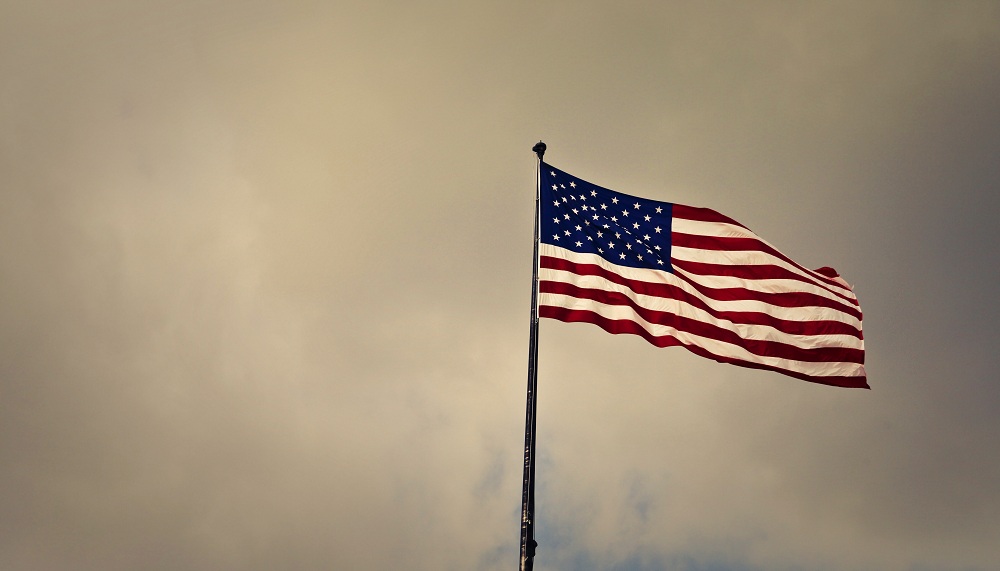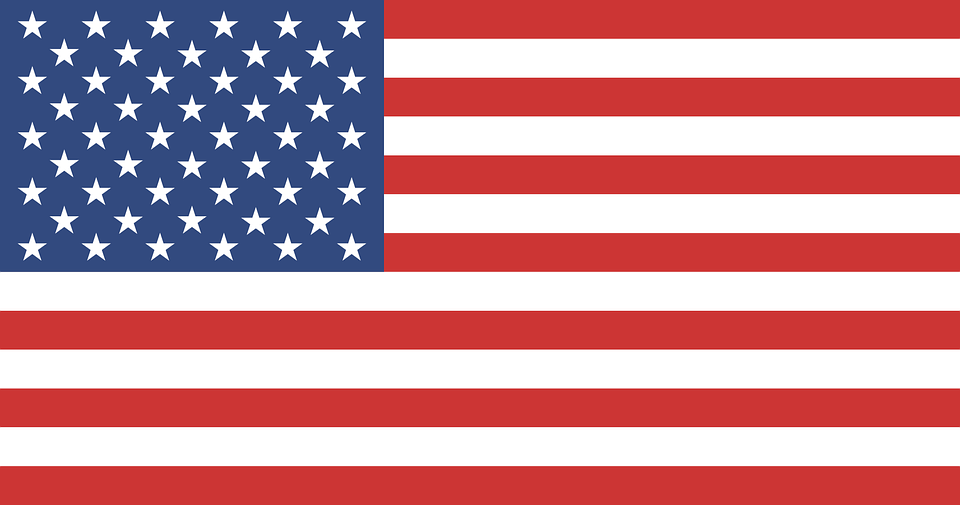Despite numbering more than 5 million people, many Americans are unaware of Native American history, culture, and their way of life. Many Americans remain unaware of what the country was like prior to European migration, which is unfortunate, considering that the history and culture of the Native Americans is one worthy of study.
People
It’s hard to say how many tribes exactly lived in the territory of today’s America, but historians average it to 562, with the largest being the Sioux, Navajo, and Cherokee. The most accepted theory for the presence of humans in the American continent land bridge theory, which posits that the first Native Americans crossed over from Eurasia via a now-gone land bridge called Beringia that connected Siberia to Alaska. These migrations may have happened over 30,000 years ago and stopped 20,000 years later.
During that time until the arrival of the Europeans, the migrants spread out across the continent, and through 5 distinct archaeological periods, began to develop various and distinct cultures. Although most of what we know about the first Native Americans have been lost to time, some information about their life can be recovered from archaeological evidence.
One of the first distinct Native American cultures to be identified is the Clovis Culture. Named after Clovis, New Mexico, where the artifacts of their civilization were first excavated in 1932, the Clovis Culture were a primarily hunting culture that targeted megafauna such as mammoths and bison using distinctive spears called a Clovis point. These spears are their primary identifying mark, and is made up of a flaked flint point, with a shaft that connects to it via a notched flute. They are the first human inhabitants in the New World to have created a culture that spread far and wide across the continent.
Prior to the arrival of Europeans, the Native American cultures spread, interacted, and created societies that lived peacefully and harmoniously with one another. Permanent settlements, government infrastructure, established religious complexes, and other hallmarks of “civilized” society were present in America long before the arrival of the Europeans.
However, a combination of various factors such as overhunting, environmental disasters, and disease contributed to the decline of the Native American mega-cities, so much so that when Christopher Columbus arrived in 1492, much of the great cities of the Native Americans had long been abandoned.
Languages
The languages that Native Americans spoke are as many and as varied as the people that inhabited the continent. During the time of Columbus, from the middle to the late 15th century, somewhere between 15 million to 40 million people were speaking more than 2,000 different languages in the American continent.
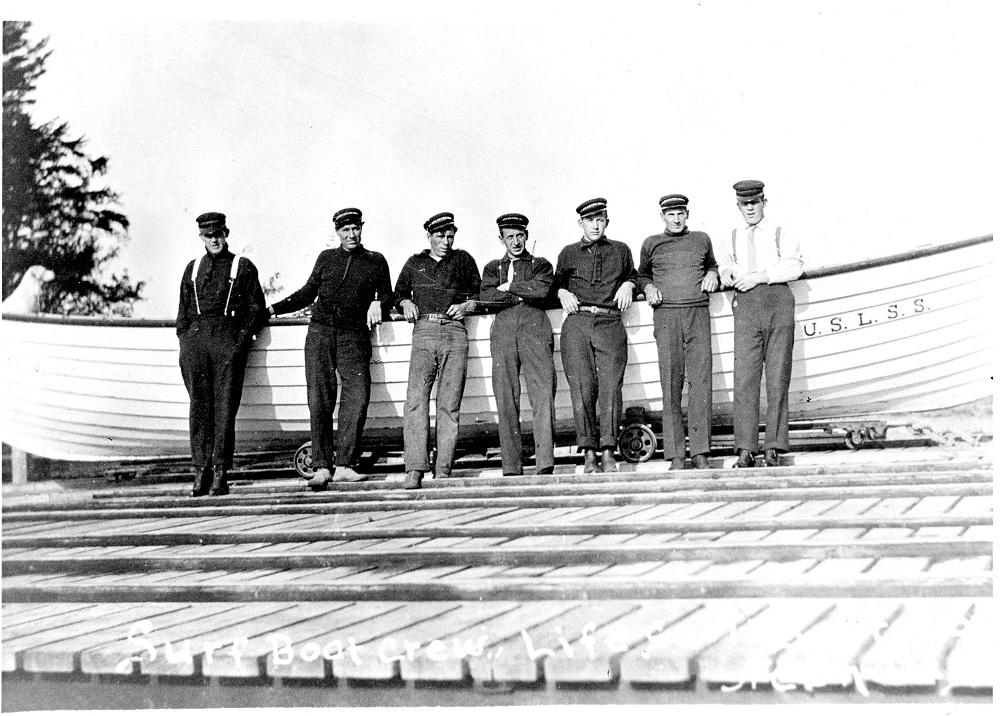
Despite their sheer diversity, there are common factors that unite Native American languages, such as highly developed phonology and grammar, and its use of polysynthesism. Polysynthesism is the practice of combining word units into a single, complex word. This means that most Native American languages will have a single word in place of a sentence or a phrase, such as wiitokuchumpunkurüganiyugwivantümü, which means “they-who-are-going-to-sit-and-cut-up-with-a-knife-a-black-buffalo.”This is interesting to linguists and historians because Native American languages that use polysynthesism are thought to be offshoots of a single, parent language.
A writing system for Native American languages does not exist, at least, not in the conventional Western sense. While most Native American languages did not have an alphabet, non-verbal communication was accomplished via pictographs, symbols, and beads. The Incas of Peru, for example, would use a “writing” system that consisted entirely of ropes, strings, or cords that are knotted together in a particular way. Each knot would represent a different idea, number, word, or phrase. Native Americans on the eastern seaboard of what-is-now the U.S.A used beaded wampum belts with pictographic symbols to communicate a particular idea.
However, after European migration came into full-swing in the New World, the number of Native America languages declined, thanks to the aggressive colonial practices of the Western migrants. Over time, this led to more than half of the indigenous languages of the Native Americans to go extinct, although some languages, like Navajo and Cherokee in the United States and Quechuan in South America, continue to exist and flourish today.
The South American Empires
Like the great civilizations of the West and their neighbors in the north, the Native Americans of Central and South America were builders of great kingdoms and empires. These people created huge monuments, complex cities, refined arts, metal work, and even writing.
The root and strength of the Native American cultures lie in their agricultural way of life; although separated by language and distinct cultural identities, rituals involving nature, specifically the land, united the Native American cultures from the Eskimo to the Aztecs. This agricultural way of life started around 7000 BCE, when the first plans were cultivated. In the central and southern parts of the American content, the tropical weather proved to be kinder and much more conducive to a permanent village farming life.
By the middle of 1500 BCE, sedentary village farming became the norm in South America, with Native Americans planting corn, chili peppers, beans, and other root crops. Like the North American natives, these Native Americans also made pottery and cloth, and lived in self-sustaining, politically autonomous villages. However, unlike their neighbors, the South American natives started building large, highly complex, monolithic buildings like temples, sculptures, raised platforms, and pyramids. This shift happened around 1200 BCE and continued until 900 BCE, creating a unique art style called Olmec. The Olmec tradition spread quickly throughout the Central and South American natives, creating a society that was politically centralized and with a structured caste system.
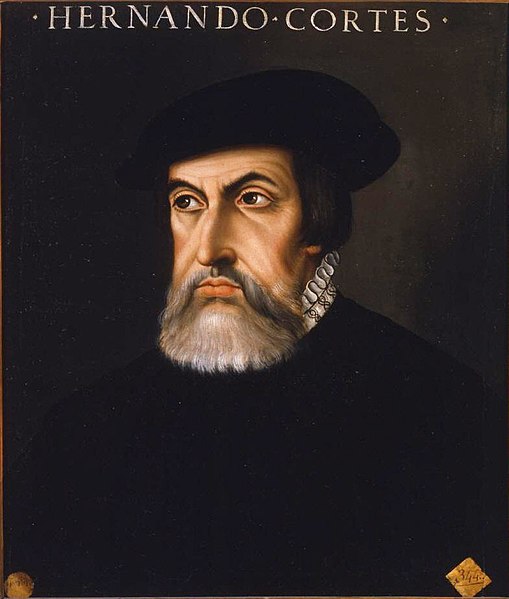
The Olmec unification lasted until about 500 BCE. After this, the cultures became separate and distinct once again, all the way until 900 CE. These cultures would each contribute a great skill to humanity: the Mayans were obsessed with intellectual pursuits like mathematics and calendar making, while the Teotihuacán’s organizational skills became the framework for government and trade in the area.
It was the Teotihuacán’s who re-unified central and south America into a single tradition, until around 600 CE. From then on until 1428, the area devolved again into warring states that vied for supremacy. After centuries of in-fighting, Central America was united under the Aztec civilization. This will last until 1521, when Hernán Cortéz arrived and conquered the failing Aztec kingdom.
Native Americans Today
In the United States, the government recognizes over 500 different Native American tribes, with these federally recognized tribes exercising some form of tribal sovereignty, or “dependent sovereign nation”. Depending on the tribe, federal recognition awards them a degree of self-governance.
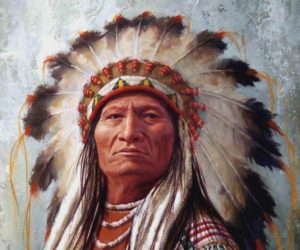
Although the word “Indian” is the legal term used by the U.S government, many Native Americans find this problematic, if not downright offensive. In fact, the term “Native American” in itself is a term rejected by some tribes, preferring to be called by their tribal name.
The treatment of Native Americans and their history of oppression by the United States has been brought more attention in the 21st century, with the 2009 Defense Appropriations Act calling for an “apology to Native Peoples of the United States” for the many crimes committed against them by the federal government in the infancy of the nation.
The history of the Native Americans is a fascinating one, and indeed, is a clear example of their ancient connection to the land. If anything, the Native American story is that of America itself: a group of people, bound together by their diversity, settling in a new land and calling it home, echoing the words of our Founding Fathers: E Pluribus Unum. From many, one.

